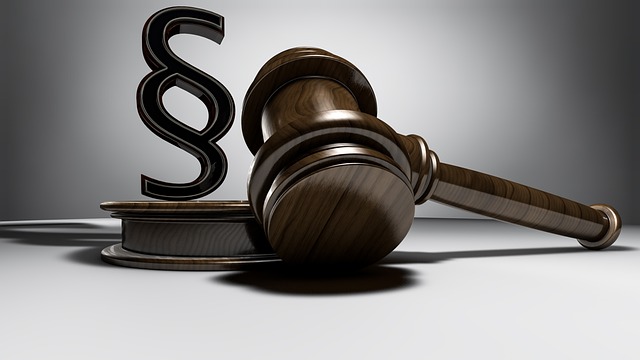Evaluating computer requirements is crucial for efficient legal work in a law office. Tasks like case research, document drafting, evidence management, and client communication demand specific computational needs. Essential components include robust processing power, ample memory, and sufficient storage. Cybersecurity measures and long-lasting hardware protect data integrity and safeguard confidential matters. When selecting monitors, consider size, resolution, adjustable stands, anti-glare coatings, and ergonomic designs for enhanced comfort and reduced eye strain during long work hours.
In today’s digital age, a well-equipped law office demands robust computers and monitors to handle demanding legal tasks. Choosing the right hardware is crucial for efficiency and productivity. This comprehensive guide navigates the process of selecting computers and monitors tailored to legal practice needs, focusing on essential considerations such as evaluating computer requirements and monitor specifications including size, resolution, and features. By the end, folks in the legal field will be equipped with knowledge to make informed decisions about their law office equipment.
Evaluating Computer Requirements for Legal Work
When setting up or upgrading a law office’s equipment, evaluating computer requirements is paramount for efficient legal work. Firstly, consider the specific tasks that will be performed on these devices. Legal practices involve diverse activities such as case research, document drafting, evidence management, and client communication. Each of these tasks has unique computational demands. For instance, running complex legal software or accessing large-scale databases requires robust processing power and memory capacity.
Additionally, ensuring adequate storage space for extensive case files and documents is essential. Modern law offices often deal with digital evidence, which can be substantial in size. Furthermore, the reliability and security of these computers are critical as they handle sensitive client information. Choosing hardware that offers robust cybersecurity measures, regular updates, and longevity will safeguard data integrity and protect against potential cyber threats, thereby ensuring a secure working environment for confidential legal matters.
Monitor Selection: Size, Resolution, and Features
When selecting a monitor for your legal practice, consider the size and resolution that best suit your needs. For tasks requiring meticulous detail, such as reviewing documents or examining evidence, opt for a higher resolution monitor to ensure sharp text and clear imagery. Typically, 1920×1080 (Full HD) or 2560×1440 (QHD) resolutions are suitable choices that provide ample screen real estate without overwhelming your eyes.
Moreover, features like adjustable stands, anti-glare coatings, and ergonomic designs can significantly enhance your work experience. An adjustable stand allows you to find the perfect viewing angle for reduced eye strain during long hours. An anti-glare coating minimizes reflections from nearby lights or screens, ensuring that what’s on your monitor remains clear and distraction-free. Ergonomic features cater to the natural positioning of your body, promoting better posture and comfort while working. These considerations are integral parts of choosing law office equipment that supports both productivity and well-being.
When equipping your law office with computers and monitors, it’s crucial to balance power, functionality, and comfort. By understanding your specific legal work requirements and selecting monitors that offer optimal size, resolution, and features, you’ll enhance productivity while ensuring a pleasant work environment for your staff. Investing in high-quality law office equipment like these is a strategic move towards streamlining operations and delivering exceptional client service.
